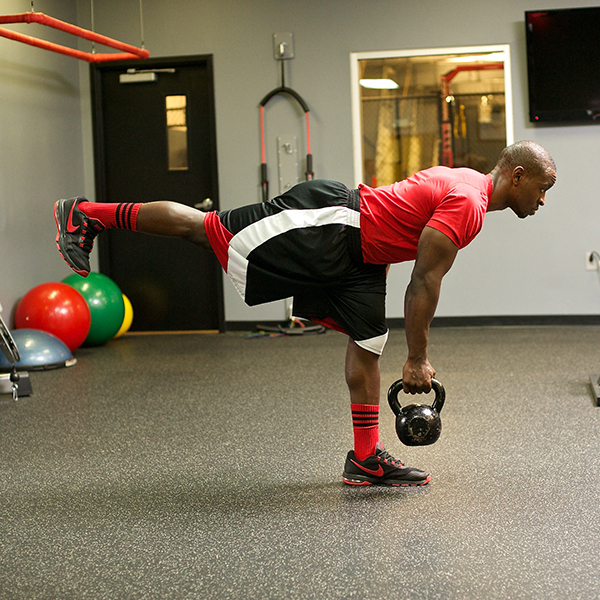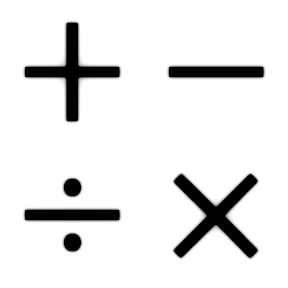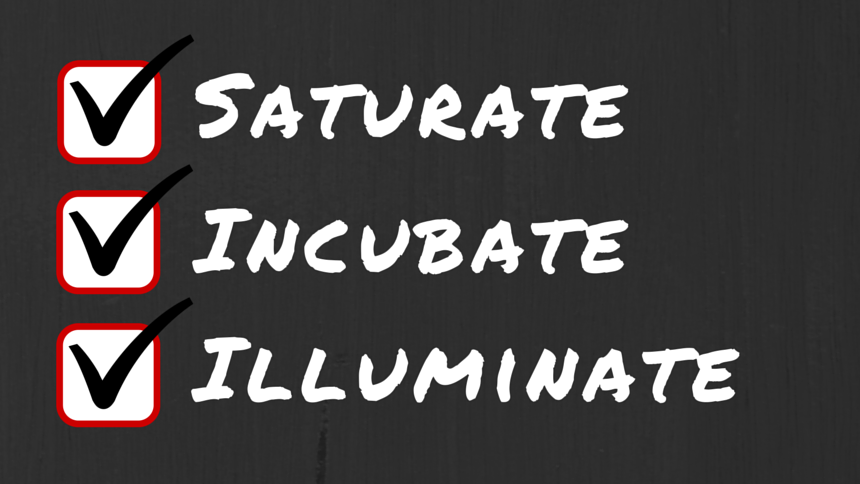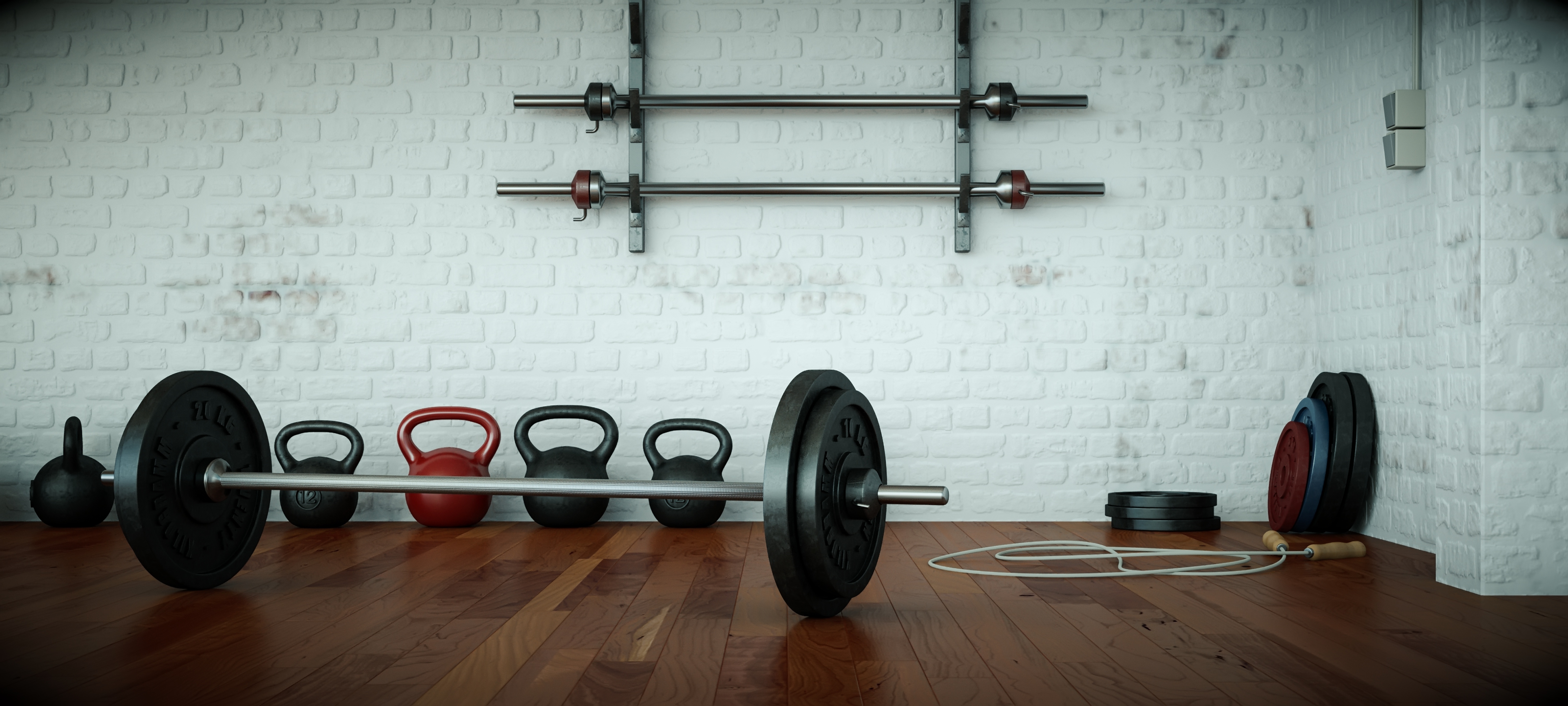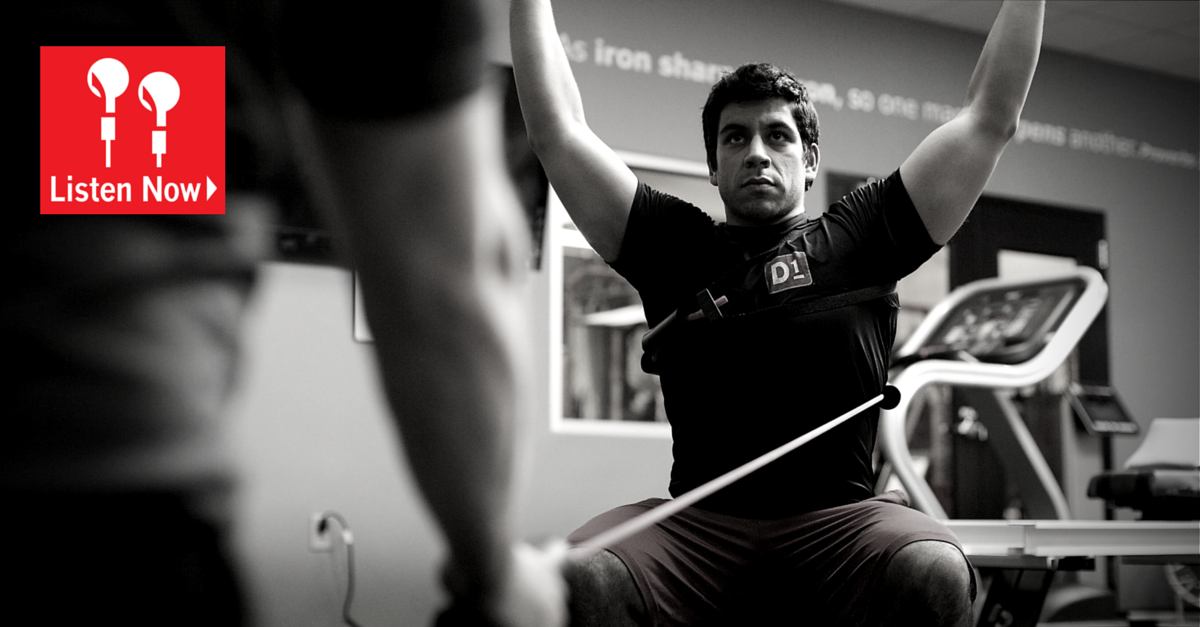Diet and Exercise
Written by Gray Cook FMS Pod Casts
There was a time when the words diet and exercise said enough.
Diet was something that was good. We didn’t have many bad food choices. For much of history, we were working just to get enough.
Some cultures reached a balance between their needs and their environment. For them, the word diet never needed the word healthy placed in front of it.
If we hadn’t destroyed a good food economy (also, a good food ecology), we would never have to say healthy diet.
Exercise (and the broad term activity) share a similar history. In a hunter-gatherer culture or a balanced agrarian culture, there probably wasn’t much need for supplementary exercise. The activity level required to sustain life maintained a fitness level matched with the challenges that environment could provide.
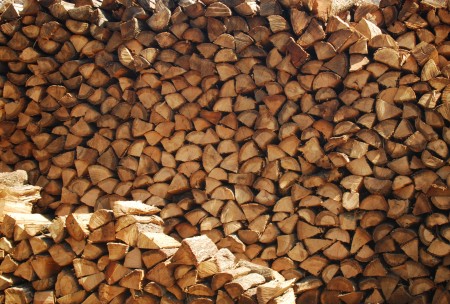
Henry Ford said, “Chop your own wood. It will warm you twice.” We know we need physical activity. We also know that we have self-preservation needs.
Anytime that you can blend physical activity and self-preservation, do it!
I was raised in a small town in Virginia where activity was very high for the farming families. Exercise wasn’t necessary and was often considered frivolous—a mindless way to expend energy.

I have had to balance this culture with my education in exercise science and my pursuit of credentials, both as a strength coach and a physical therapist, knowing that exercise—physical movement—is one of my tools. I have always encouraged clients and patients to work through correctives until they can resume a lifestyle that’s physically active enough that exercise will only be a supplement, not a requirement.
Supplementation is required for some people, who—due to a genetic problem, an injury or an ailment that’s long-lasting—might not absorb what they need from an otherwise balanced diet. For these exceptions, be thankful that we have supplementation.
Likewise, when people have injuries, ailments or disease processes that somehow compromise their movement—either the sensory input and perception end or the motor output end and motor control end—we might need to supplement flexibility or a pattern to help them simply remain at a functional level.
The beginning of the current problems: we looked at diet and exercise and assumed that if we could do supplementary things to get you back to normal, we could use those supplementary things to supercharge you.
I often see up-and-coming exercise professionals fall into the same trap that I did: “if we just had more exercises or if we just did certain exercises more, it would fix everything.”
Albert Einstein once said, “If I had an hour to solve a problem, I’d spend 55 minutes thinking about the problem and five minutes thinking about the solution.”
Haven’t we inverted that? We’ve witnessed poor movement patterns and, without trying to understand where they came from or what caused them, rushed right into local kinesiology and simple biomechanics with a solution. “Oh, I know how to get that hip to extend.”
If the hip is not extending, then there’s either something wrong with the organism or something wrong with the environment. If there’s pain, disability, ailment or impairment that can be medically measured and intervened on, then we must agree that there’s something wrong with the organism.
There’s no environment—no amount of bridges, planks or rolling exercises that will reset whatever is wrong with the organism. We must look for that reset button. We must determine if it’s an arthritic joint, a neurological problem, an avoidance of pain or instability?
If there is no sign or symptom indicating that there’s anything wrong with the organism, yet hip extension is not occurring on one or both sides, why shouldn’t we look at the environment? We may learn that this person sits a lot. Except for when they run. When they do run, they can’t develop that beautiful erect posture that natural runners have.
Too much sitting forces them to realize the need to move and they jump into an activity—a lift, a press, a run, a sprint, a bear crawl. Whatever functional activity they believe they’re doing, they’re probably not bringing much integrity to it.
Your environment reinforces what you bring to it and before you know it, you’re a runner who sits all day and can’t even straighten up when you want to. You’re a kettlebell presser who sits all day but can’t achieve that top alignment you so badly want.
The Functional Movement Screen serves me very well as I make those organism/environment calls. If you have pain—a ‘0’ on the movement screen—it is my job, ethically and professionally, to ensure there’s nothing wrong with the organism. When you have pain on one of those seven simple movement patterns, in my opinion, you have a medical problem until a healthcare professional looking at all the different patterns, parts and processes says that you don’t.
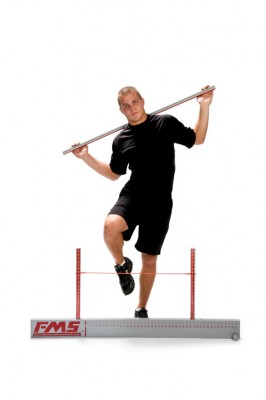
The screen puts on the brakes until we have more information. If you don’t have a past medical history or an injury within the last six months to a year, and you don’t have any pain on the movement screen at all but you do have what we call dysfunctions or scores of a ‘1’ on the movement screen, the very first thing I’m going to do is challenge you about your environment—not just your exercises.
How much are you sleeping? Tell me about your diet? Are you getting plenty of rest? Do you understand the whole recovery regeneration cycle? Are you bringing integrity to your exercises? Are you doing a significant amount of patterning in one exercise but avoiding or ignoring another complementary pattern (that serves to balance posture)?
Einstein’s quote directs us you think deeply about why people move so poorly. Is it because of a lack of an exercise science model or a lack of an activity level? In my opinion, I would love to uncover the person who has such a high activity level that they appear fit on testing, yet they don’t exercise.

If you live in an urban environment and have to perform a sedentary job, that achievement may be impossible. But if we could replace some of our exercise time with activity time, it doesn’t necessarily mean we wouldn’t meet our fitness goals.
We may actually find a little more joy, a little more commitment, a little more artistic value and a little more integrity with the energy we do expend.
When we’re going to move, it’s very biologically important to be engaged in our movement. If we look at the natural environment around us, animals are 100% engaged in the moment and in their current activity. When we have two electronic devices on our hip just so we can run—one so we can text and the other so we can listen to music—I’m not sure that many of the lessons that running in the environment could teach us are even accessible.
The exercise industry will always ask for new books, new articles and new discoveries of different exercise patterns that will somehow create a magic bullet for an entire lifestyle that’s broken.
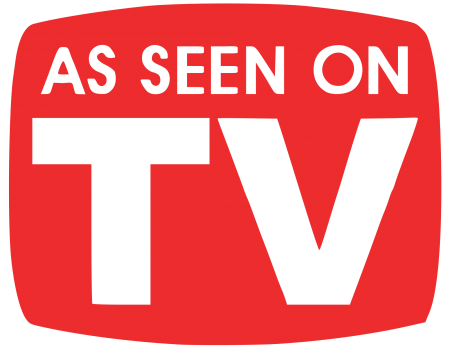
People tell me they don’t have enough time to screen, test or assess . . . because it won’t leave them with enough time to exercise. If they did their testing right, it’s likely there would be far less need for quantity of exercise and that the specific quality or type of exercise that’s needed would be identified.
Remember the carpenter’s rule: Measure twice, cut once. When we develop exercise programming to influence our client’s and patient’s environments, we are cutting. We are cutting through their natural inclination to do something and making that decision for them. We should make sure that decision does no harm and creates safety and economy in their endeavor.
I don’t think we can do things better than the natural environment. When one person seeks to design a diet or design an exercise program for another person, it’s our charge to do it faster and safer than nature would—to do it economically. Nature can be harsh sometimes and people’s knowledge of their ability to do certain things can be skewed—too conservative or too aggressive.
How can we use the most efficient means possible to restore a harmonious diet and health or a harmonious exercise and activity level with fitness if we don’t have baselines? For a food industry that has inundated us with non-nutritive filler and a myriad of supplements, the baseline should be whole foods.
Our baselines should show us that we have taken clients and patients into fitness and function and not just made them endure exercises.
Exercises have been the product of the fitness industry for far too long. The product should be fitness—fit people. If the focus remains on exercise instead of achieving fitness, I fear that we will get worse before we get better. Let’s shift that focus to the biomarkers of health and fitness. Then, we’ll find that exercises will emerge in a new way that complements activity level.
Related Resources
-
We Can't Do It Better Than Nature
Posted by Gray Cook
-
Saturate, Incubate, Illuminate
Posted by Gray Cook
Please login to leave a comment
3 Comments
-

-

Irene Volchek 4/7/2015 1:58:02 PM
Very well said! Thank you!
-


